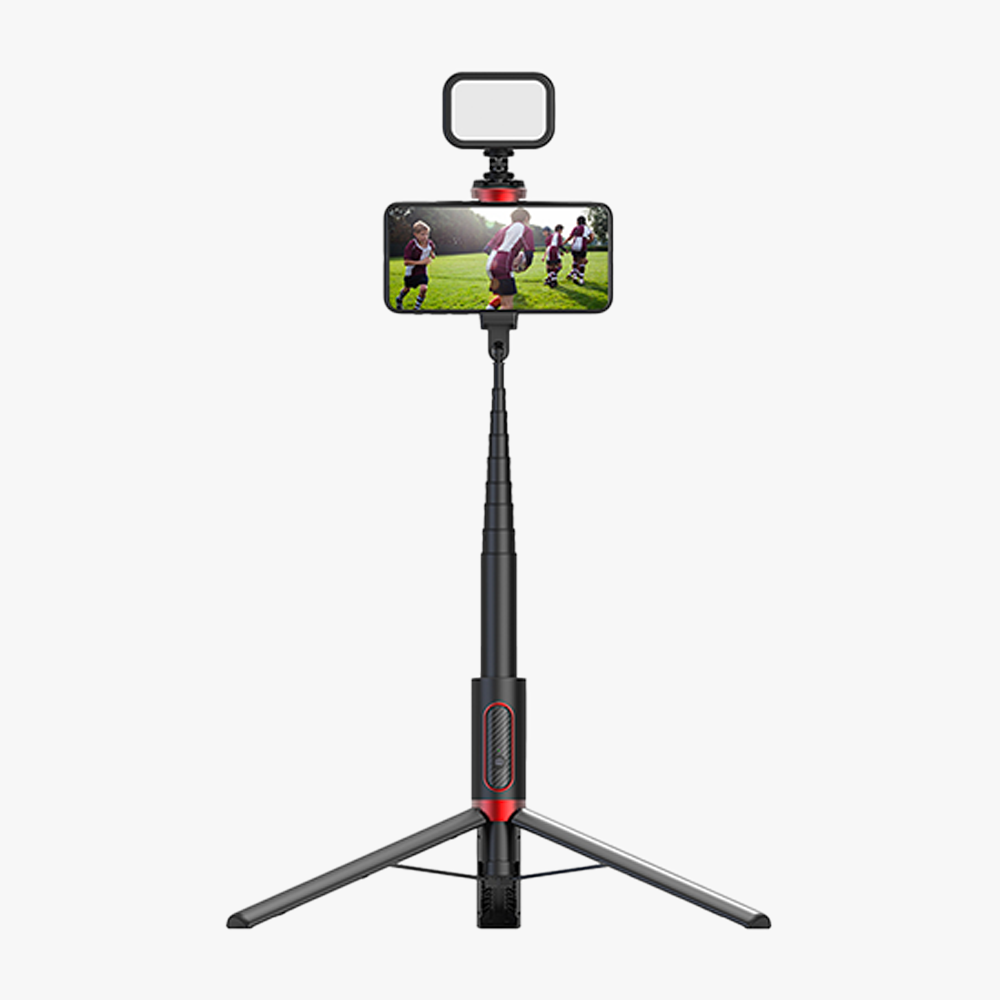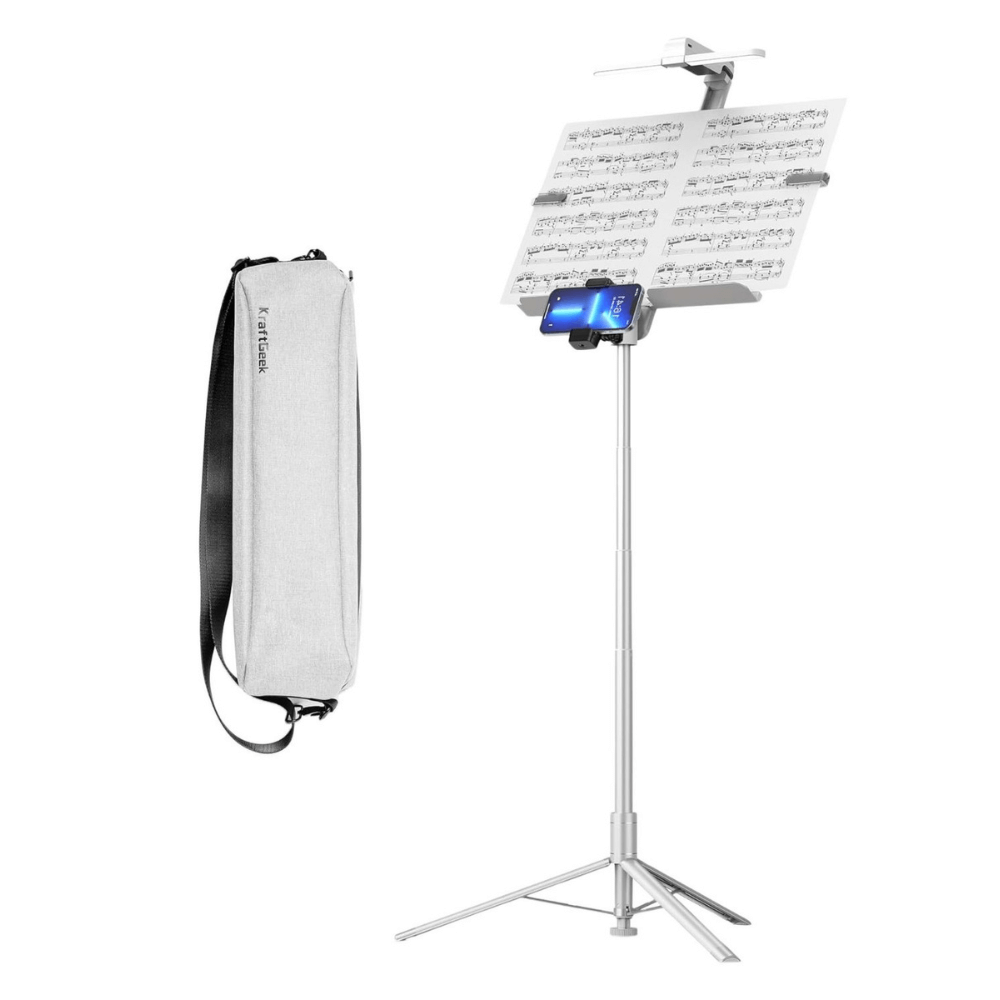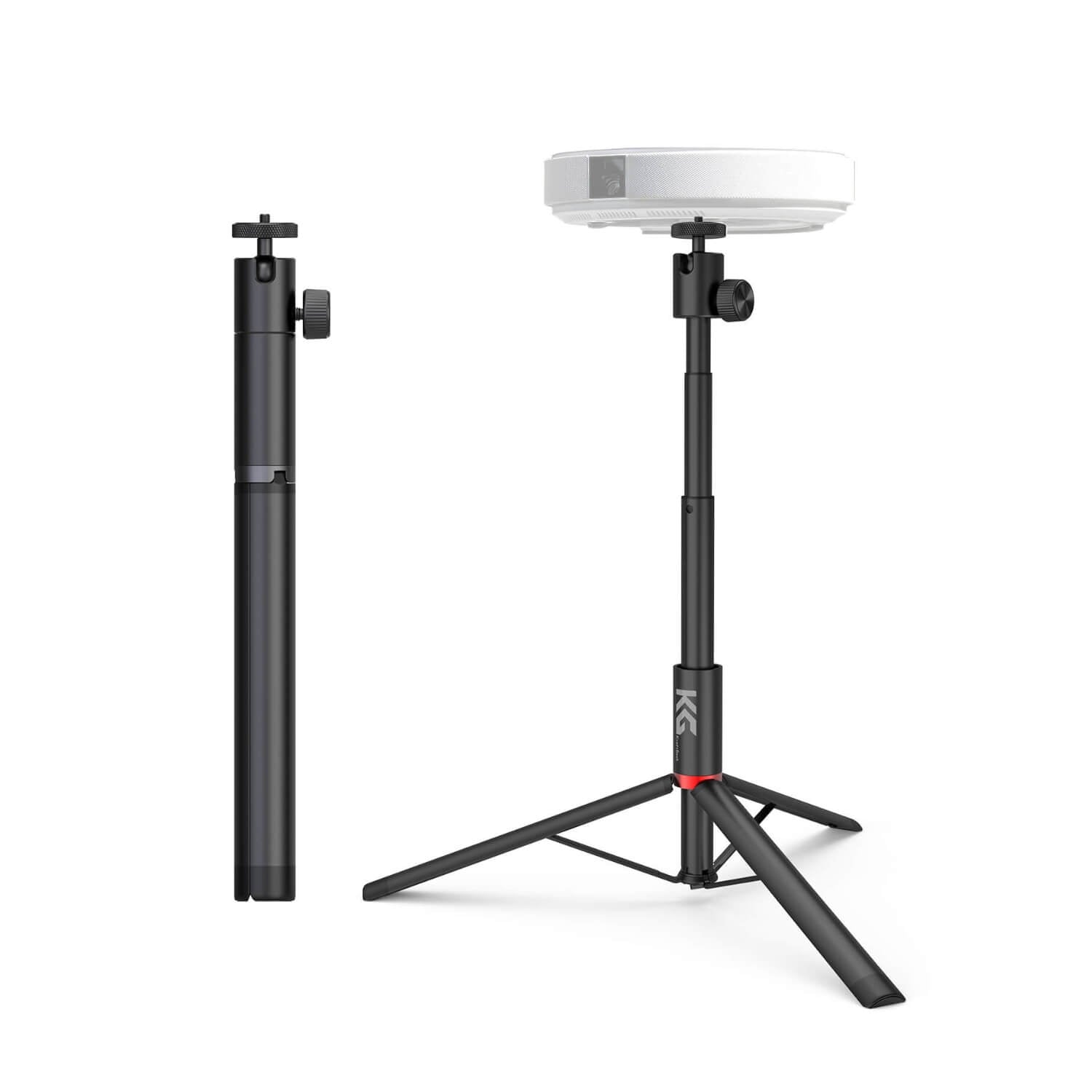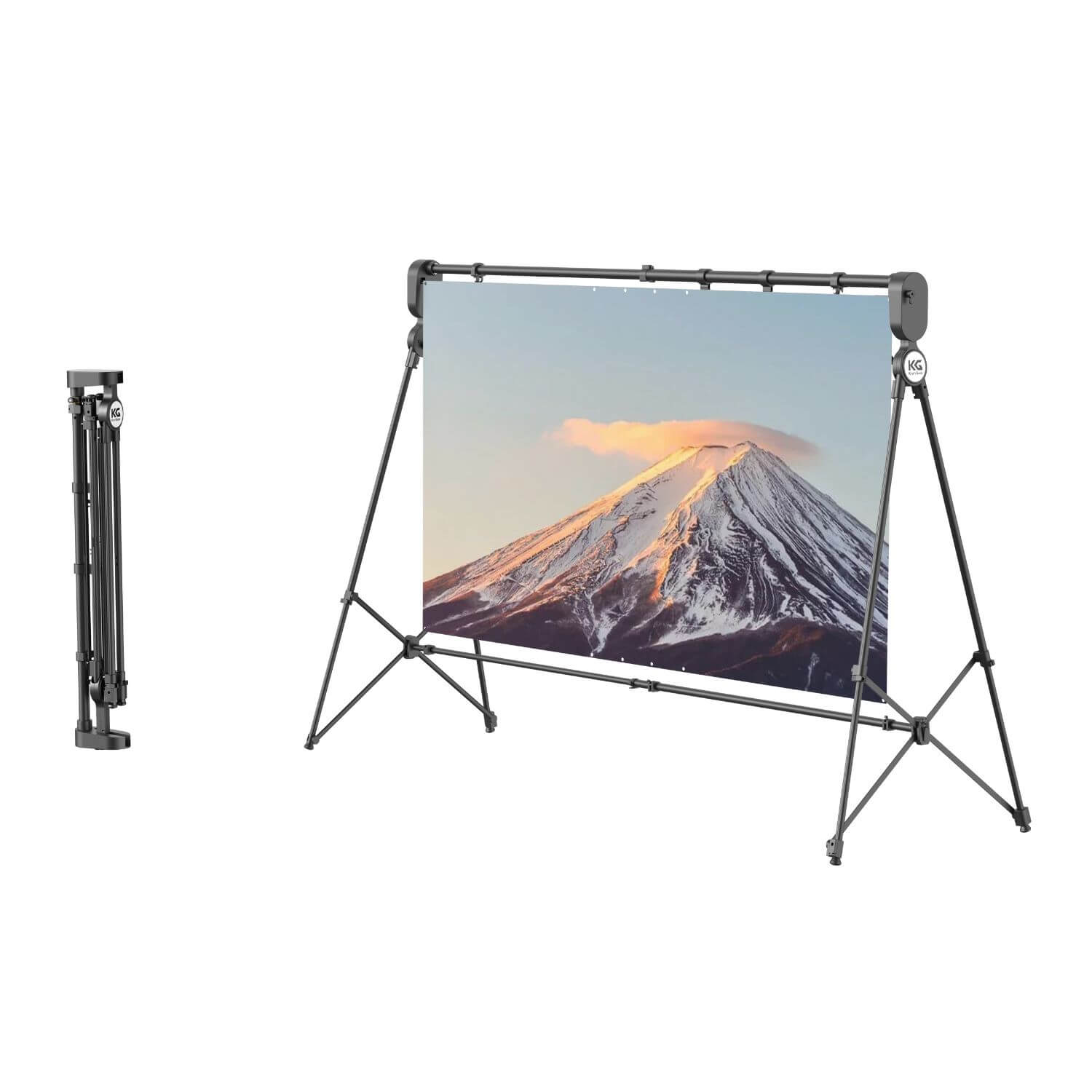It is not only the magic of creating beautiful tunes, but even more so: it lies in what musical travel can make out from oneself. From understanding of your musical desires to practical points such as physical capabilities and monetary restrictions, each step in this blog is a path towards learning about the relationship between you and music.
How To Discover Your Musical Interests
Your musical preferences serve as a starting point for the development of your relationship with an instrument. Think of the types of music that speak to you on a personal level, whether it is the timeless beauty of classical piano or sax’s soulful tones in jazz and drums rock.
Understanding your musical palette goes beyond mere genre preferences. It refers to exploring the particular sounds and timbres that affect you emotionally. You may like the soothing strumming of an acoustic guitar or be fascinated by stimulating violin notes, while other people find it in electric guitar chords. It is essential to consider the artists and compositions that make you feel something; these are hints as they will lead you straight to an instrument that speaks your soul’s language.
Matching Melodies to Instruments
Understanding how different instruments complement various music genres is pivotal. Adopting this stylistic approach guarantees that the instrument you select is not only aesthetically desirable but also complements your choice of musical styles.
Piano
It is the central piece in many forms of music due to its expressive range and dynamic capacity. If you find yourself attracted by the sophistication of classical arrangements and enthralled with contemporary piano ballads then this musical instrument is exactly what you need. Make sure you have a solid piano stand to improve both the appearance and functional attributes of your practice environment.
Guitar
The guitar represents versatility, relative to the number of styles it accommodates- folk and blues alongside rock or country. The acoustic and the electric guitars produce unique timbres which together create a wide scope of sound. No matter what genre of music you fantasize about playing the guitar, be it folk or rock, with its adaptability this beautiful instrument is a dream come true.
Wind Instruments
Saxophones or trumpets are only some of the many wind instruments that bring indispensable charm, whether it is soulful jazz melodies or bold brass tones in marching bands. Their dramatic nature makes them perfect for those like jazz and soulful ballads.
Drums
Rock, pop, and hip-hop all stem from the use of drums. The drum kit enables you to feel the pulse of music such that anybody who loves grooving and creating heavy rhythm should try it out.
String Instruments
Violin, cello, and double bass create emotional depth that makes string instruments suitable for most classical compositions as well as folk tunes and orchestral arrangements. Consider the size and portability of these instruments, ensuring a suitable stand for easy access and storage.
Considering Your Physical Abilities
The significance of aligning your instrument choice with your unique physical capabilities cannot be overstated as it ensures a comfortable and sustainable musical journey.
1. Hand Size and Dexterity
If you have smaller hands, intricate instruments like the guitar or piano may pose challenges. Explore instruments with smaller necks or keys, such as the ukulele or flute, which can accommodate varying hand sizes with ease.
2. Breathing Conditions
Wind instruments may be challenging for individuals with breathing conditions such as asthma. Opt for instruments that do not heavily rely on breath support, like keyboards or percussion instruments.
3. Physical Strength
There are some instruments that take a lot of physical strength for example upright bass or drums. Select instruments that require less physical effort, such as the violin or digital piano to ensure an enjoyable and lasting music experience.
4. Mobility and Portability
Pianos, while rich in sound, lack portability and require substantial space. Consider alternatives like keyboards or guitars, which offer portability and flexibility in terms of practice locations.
5. Standing or Sitting Preferences
Some instruments, such as the upright bass or marimba have players standing. If you are more comfortable sitting, try cello or digital instruments that can be comfortably played while seated.
Striking the Right Balance Between Time Commitment and Practice
As much as selecting a musical instrument would be about the sounds you desire to create, it is also partly due to time and practice that you are willing or cannot afford.
1. Assess Your Schedule
Understand your daily schedule and commitments. Choose an instrument that aligns with your time availability. Instruments like guitars and keyboards often allow for shorter, more frequent practice sessions.
2. Set Realistic Goals
Be practical in terms of the amount of time you will have for practice per day or week. Set realistic goals, for instance, the amount of practice you are going to do every day and increase them with time as your skills continue improving. Consistency is key.
3. Choose a Practice-Friendly Instrument
Certain instruments, such as the piano, may need a separate practice area. Given the fact that you have limited space, it is advisable to choose instruments that are practice friendly such as keyboards or guitars. Invest in a good guitar stand or piano to maintain easy accessibility of your instrument and the urge for regular practice.
4. Quality Over Quantity
The issue is not quantity regarding practice time but efficient quality sessions. Focus on effective and mindful practice. Break down your practice sessions into smaller, focused segments, addressing specific techniques or pieces.
5. Be Flexible with Your Approach
Sometimes life is unpredictable and schedules may shift. Be open to changing your practice routine if changes are made in your schedule.
6. Explore Practice Techniques
Try various training methods to get the most out of your time. Try the Pomodoro technique, in which you practice brief sessions with breaks between the attempts to stay focused and achieve optimal results.
Cost Considerations
From the cost of the instrument itself to potential additional expenses, considering your budget is an integral part of selecting the right musical companion. Different instruments come with varying price tags. For instance, pianos and drums are usually more costly; guitars or keyboards may be less pricey alternatives. Research thoroughly to understand the cost range for your instrument of choice.
Although the cheapest alternative seems attractive, you should look at it from a long-term investment. Quality instruments tend to be better for playing and may need less frequent upgrades.
Another way to start at a lower cost is by renting an instrument. Renting can be especially useful to examine your commitment prior to investment in way instruments such as violins or woodwinds. Ensure that your rental agreement includes essential accessories and maintenance.
Additional Costs
Some instruments have ongoing costs for accessories like strings or reeds. Factor in the additional costs associated with maintaining your instrument. For instance, guitars require new strings from time to time, and wind instruments need reeds to change. Take note of these recurrent costs in your budgeting process.
Ensure that your budget includes quality accessories to care for and display your instrument. A reliable guitar stand or piano stand not only keeps your instrument secure but also enhances the aesthetic of your practice space.
Space and Portability
If space is a concern, opt for more compact instruments such as guitars or keyboards and smaller stringed ones. Measure your living area to make sure that the instrument fits in and provides enough maneuverability.
On the other hand, if you like being able to use your instruments from anywhere in different parts of your home or even outdoors choose portable ones. Guitars, keyboards, or wind instruments are often more conducive to this flexibility.
Guitars, violins, or keyboards are often more travel-friendly, allowing you to take your music on the road. Ensure that your instrument case provides sufficient protection during travel. If space is a constraint, explore electronic drum kits that can be disassembled or other compact percussion instruments.
Product Recommendations:
Conclusion
The instrument you choose becomes an extension of your creative spirit, offering an avenue for self-expression, personal growth, and sheer joy. With each consideration, from the practical aspects of space and portability to the nuanced exploration of your preferred genres, the decision-making process becomes a tapestry of self-discovery.










